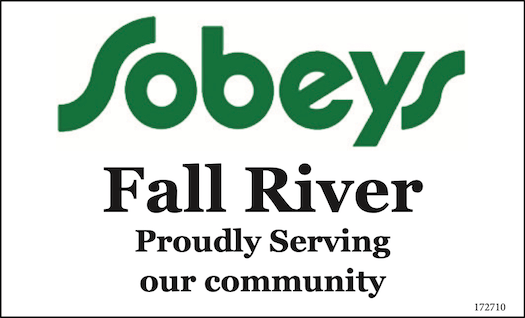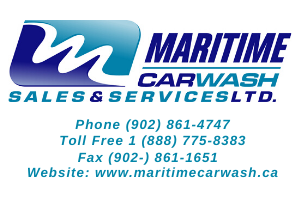From the Canadian Revenue Agency:
HRM: The year 2020 was one the world may never forget. In the face of historic challenges, we all had to make changes to make due. If you, like many Canadians, received financial assistance from the Government, your tax situation might look a little different this year than in previous years.
To meet the changing needs of Canadians, different benefits were rolled-out over the course of the pandemic. If you received temporary income support like the Canada Emergency Response Benefit (CERB), Canada Emergency Student Benefit (CESB), Canada Recovery Benefit (CRB), Canada Recovery Sickness Benefit (CRSB), or Canada Recovery Caregiving Benefit (CRCB), you may owe tax when filing your return. This will depend on which benefits you received and your total taxable income:
- If you received the CERB or CESB, no tax was withheld when payments were issued, so you will likely owe tax.
- If you received the CRB, CRSB, or CRCB, 10 per cent tax was withheld at source, meaning you may or may not owe tax, depending on how much income you earned in 2020.
Changes to your individual tax situation can be intimidating, but they don’t have to be complicated. As this year might be different, it’s important to plan ahead!
What do I need to prepare?
As always, the first step is to gather your tax documents. Depending on how you applied for your benefit assistance, you will receive either a T4A (for benefits issued by the CRA) or a T4E (for ones issued through Service Canada) in the mail.
Like before, you should receive a T4 slip from your employer if you were employed in 2020. If you are a post-secondary student, you’ll also be issued a Tuition Enrolment Certificate, or T2202, by your institution.
Don’t forget to gather any other documentation you might have from the year related to things like moving, home-office, or medical expenses. Use these receipts and records to claim deductions, tax credits, and expenses to help reduce the amount of tax you pay overall.
Starting in February 2021, you can view all your 2020 tax slips online from My Account, the Canada Revenue Agency’s digital self-service portal. You can use My Account to update your personal information, make payments, sign-up for direct deposit, track the status of your refund, and see tax information from previous years, all with a few simple clicks.
How to file
Once you have your documentation together, you’re ready to file.
Over 90 per cent of individual tax returns are submitted online – the quickest way to process your return. The CRA offers a list of certified software products that you can use to file your return online. Free options are available! Certified software will show you how to complete and send your return, for a simple, fast, and safe tax-filing experience. Sign-up for direct deposit while you’re at it, to get your return even faster.
Paper options are also still available, although due to COVID-19, there may be delays if you file a paper return. If you filed by paper last year, a new income tax package for 2020 will automatically be mailed to you by February 19, 2021.
You can also take advantage of the Community Volunteer Income Tax Program, which hosts free tax clinics for people with modest income and simple tax situations. Volunteers can help you complete and file your return for free, by videoconference, phone, or document drop-off at a clinic near you.
What to do if you owe
If you do have taxes owing for 2020, don’t panic. There are lots of ways to repay, and the CRA can work with you to find the best option for your situation.
If you’re only able to make a partial payment, that’s okay. COVID-19 has changed many Canadians’ financial situations, and the CRA’s payment arrangement options have been expanded to reflect this new reality. A representative from the CRA will work with you to establish a payment arrangement, letting you pay back what you owe over time, until you have repaid in full.
To continue supporting Canadians, the Government will provide targeted interest relief to Canadians who received COVID-related income support benefits. Once eligible individuals have filed their 2020 income tax and benefit return, they will not be required to pay interest on any outstanding income tax debt for the 2020 tax year until April 30, 2022. This will give Canadians more time and flexibility to pay if they have an amount owing.
There are many ways to make payments in full: online banking, My Payment (Visa Debit, Debit MasterCard or Interac Online), in person at a Canada Post outlet, or by cheque.
While this year might look different than others, doing your taxes can still be simple and pain-free. Take advantage of the CRA’s online step-by-step guide to help you fill out your return correctly the first time, and always file your taxes (on time!) to qualify for the benefits and credits you are entitled to.
For more information, visit canada.ca/taxes-get-ready.

































